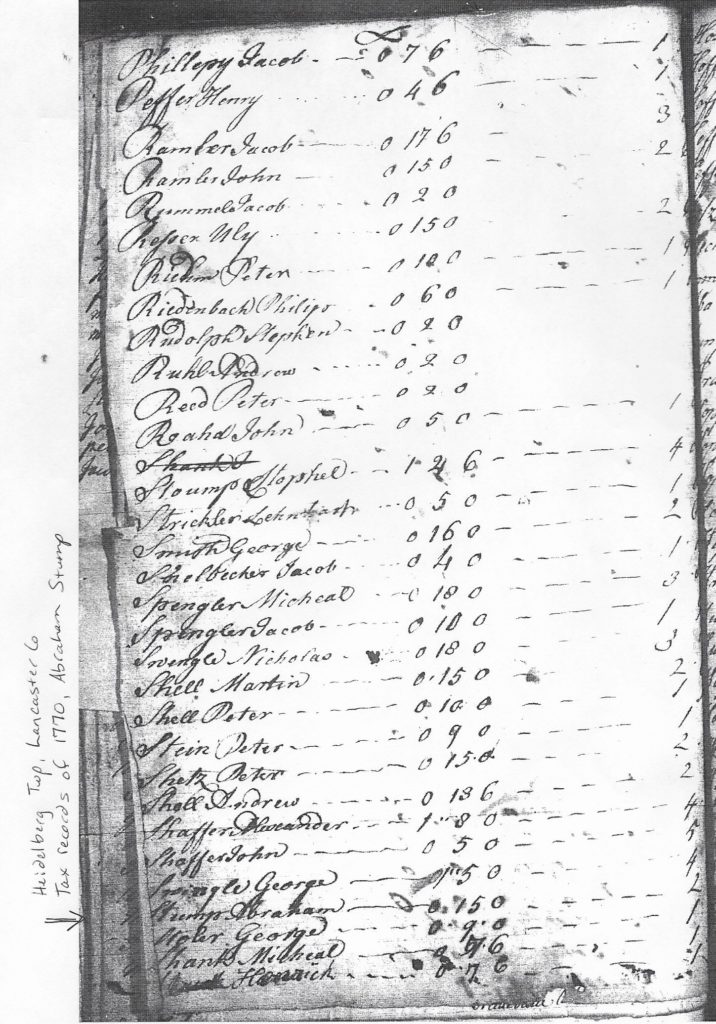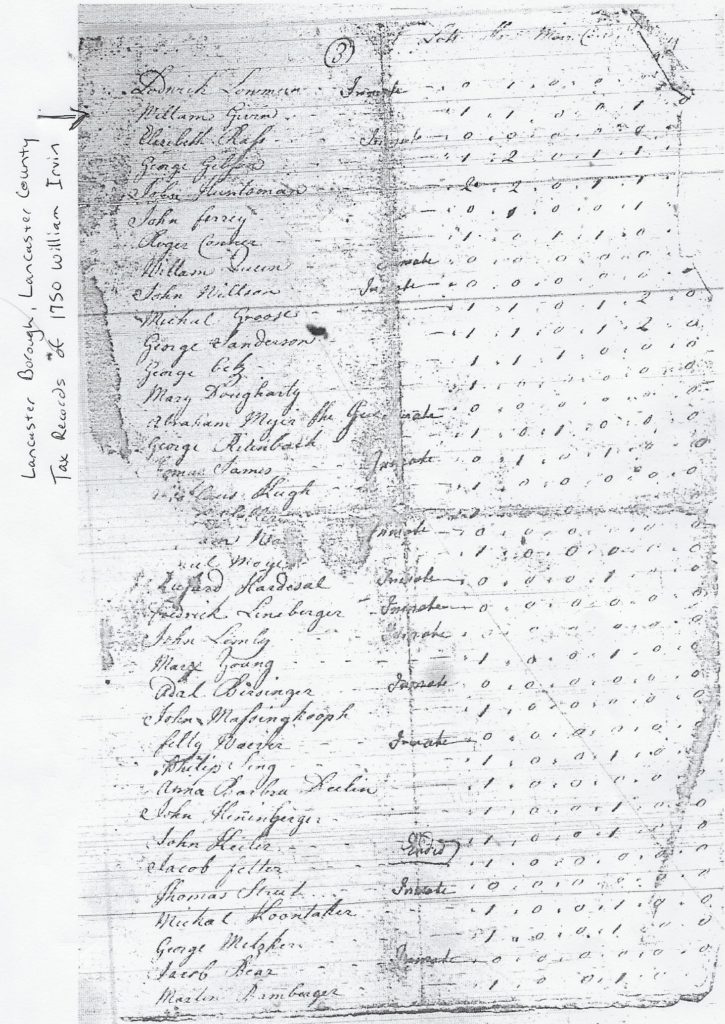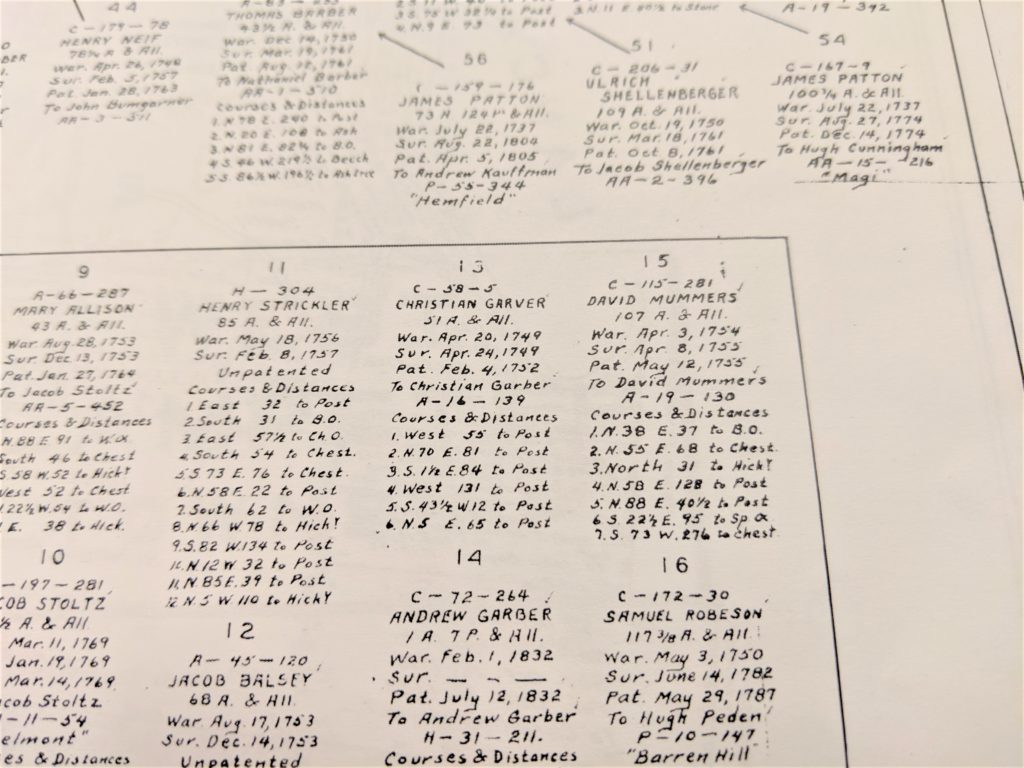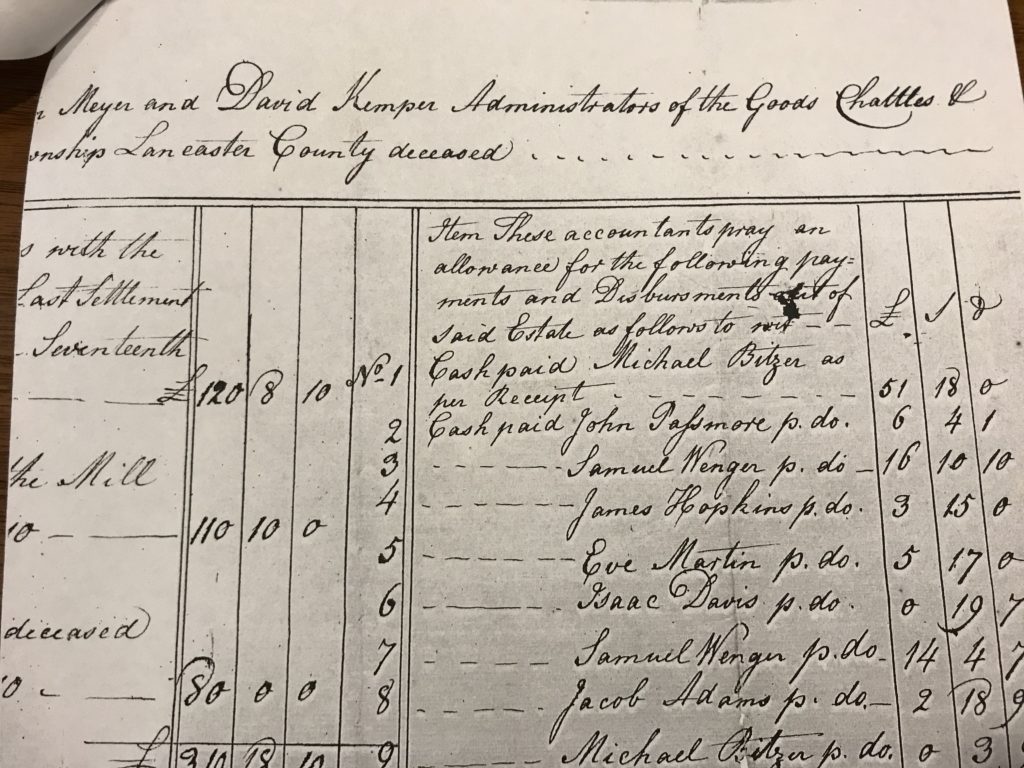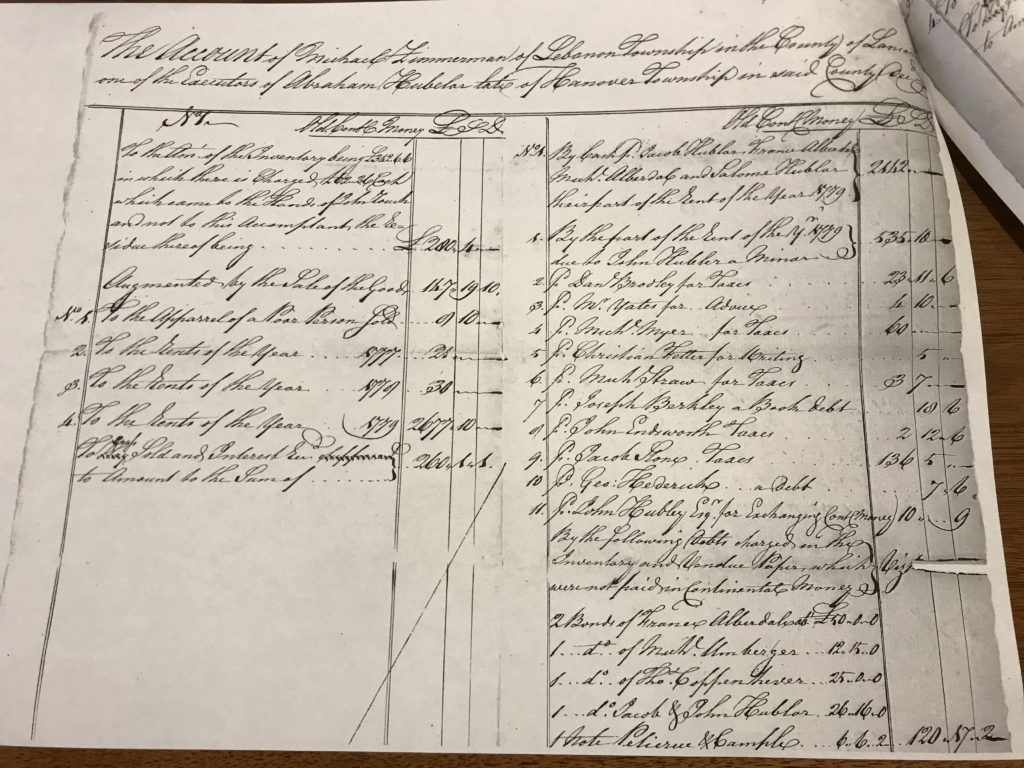 After our great experience at the York County History Center, Tom and I decided to spend a day at the Lancaster History Center. This is the York experience taken to the next level. The York History Center is sandwiched into a refurbished building in downtown York. The Lancaster History Center is on a campus on the edge of Lancaster. The campus includes a museum, President Buchanan’s home, and a library. It is big and spacious and beautiful.
After our great experience at the York County History Center, Tom and I decided to spend a day at the Lancaster History Center. This is the York experience taken to the next level. The York History Center is sandwiched into a refurbished building in downtown York. The Lancaster History Center is on a campus on the edge of Lancaster. The campus includes a museum, President Buchanan’s home, and a library. It is big and spacious and beautiful.
To visit the Lancaster History Center museum, you pay $15 per person, which includes a tour of President Buchanan’s house. Visiting the research library only costs about $10 per person. The museum and library are open Mondays through Saturdays from 9:30 to 5. The research library has the same rules as York County: no food or drinks, no pens or backpacks.
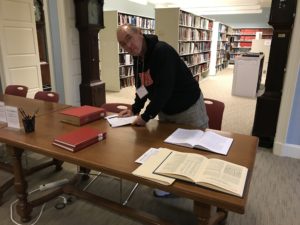 Once inside the research library, Tom and I got an orientation from one of the staff members. Instead of fetching things for us, we were in charge of finding and getting them ourselves. Tom started by looking at the books and I started on the computers. The Lancaster History Center library has a bank of computers with eight archival databases. At York County I could enter the person’s name and it would search all the databases at once. At Lancaster I had to search each database separately. With 20 different people to search for, this took a while.
Once inside the research library, Tom and I got an orientation from one of the staff members. Instead of fetching things for us, we were in charge of finding and getting them ourselves. Tom started by looking at the books and I started on the computers. The Lancaster History Center library has a bank of computers with eight archival databases. At York County I could enter the person’s name and it would search all the databases at once. At Lancaster I had to search each database separately. With 20 different people to search for, this took a while.
But the search was still interesting. If I found a record I wanted to see, I filled out a form and gave it to the staff member at the desk. He, in turn, sent it to the basement to another staff member who copied the original document and brought it up to me. Most of the people I was looking for are my mom’s ancestors: English and Scottish as opposed to my dad’s German ancestors. Mom’s people didn’t stay as long in Lancaster County as the Dietzes did in York. So it was a little more challenging to find their records and get a feel for their stories.
We found wills and inventories of estates. Abraham Hubler, who died in 1777, left an estate worth 3,425 pounds, which was quite large for back then. David Kemper was an attorney or accountant who inventoried other people’s estates. We found six different estate lists that he certified. Tom looked up military service records and found several ancestors that served with Braddock or Washington during the French and Indian War!
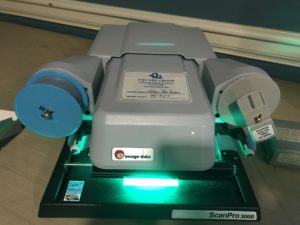 I spent some time on a microfilm machine, which I haven’t done since I was in seminary. All the tax records for Lancaster County were on microfilm. Once I figured out how to use the system, I found tax records for William Irvin in 1750 and for Abraham Stump in 1770. We found records for Kempers, Garvers, Bruas, Irvins, and Stumps. By 1840, all my mom’s ancestors had moved west on the Forbes Road (current US 30) to Wayne County in Ohio.
I spent some time on a microfilm machine, which I haven’t done since I was in seminary. All the tax records for Lancaster County were on microfilm. Once I figured out how to use the system, I found tax records for William Irvin in 1750 and for Abraham Stump in 1770. We found records for Kempers, Garvers, Bruas, Irvins, and Stumps. By 1840, all my mom’s ancestors had moved west on the Forbes Road (current US 30) to Wayne County in Ohio.
Tom and I enjoyed researching the ancestors so much that we are thinking about looking for records in Ohio over the next month. Holding a tax document in your hand makes you feel connected to that relative from long ago. Today, on Thanksgiving, I am thankful for my ancestors, my contemporaries, and my descendants. I am also thankful for places like Lancaster History Center and York County History Center that are committed to preserving that history.

